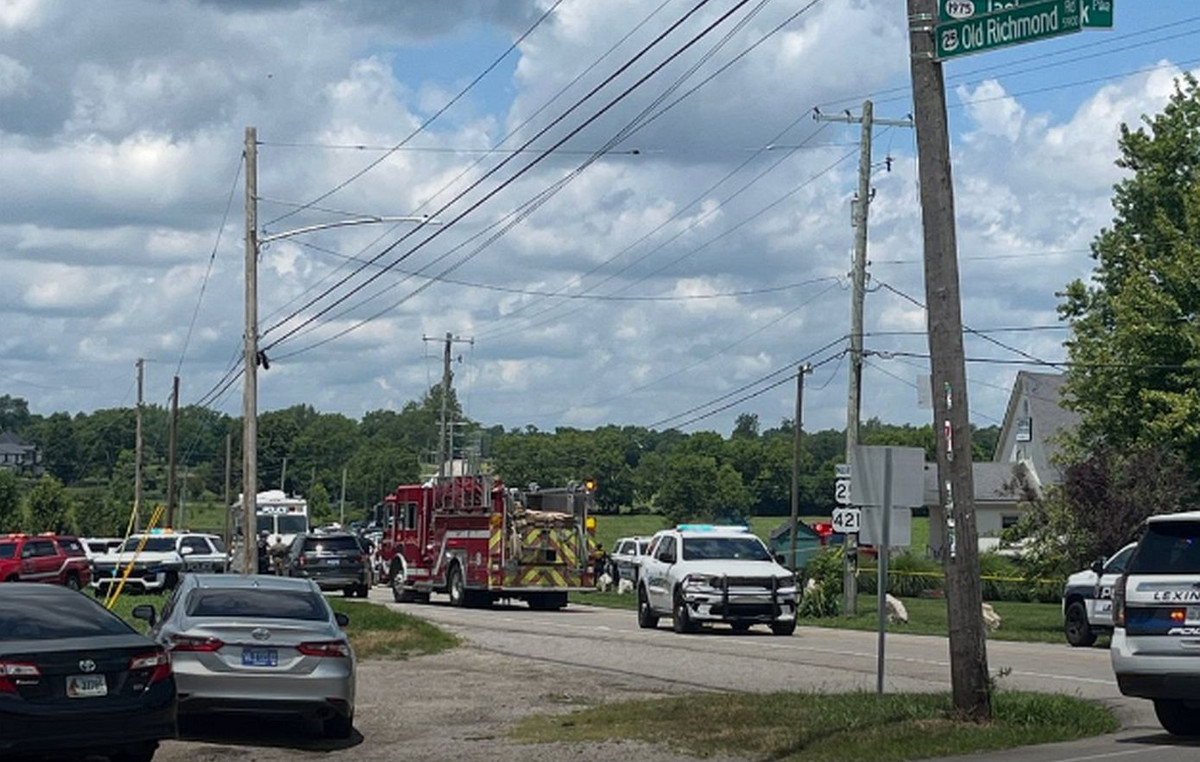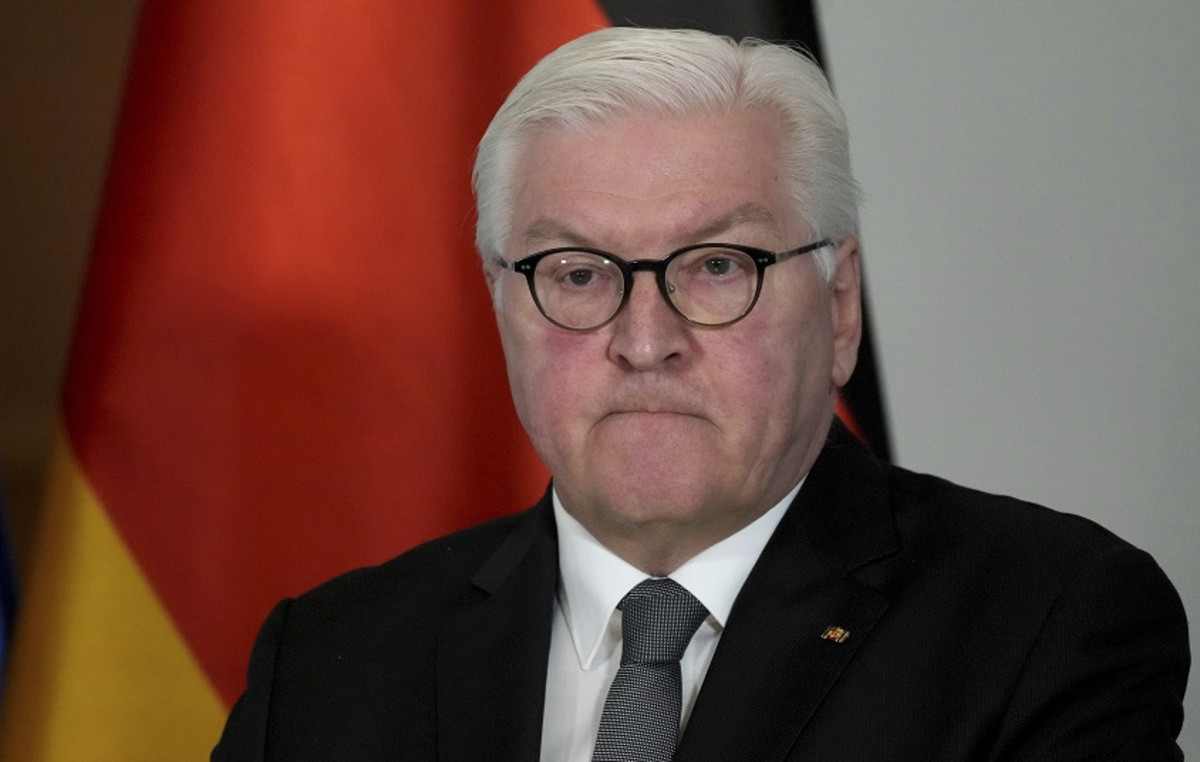After the death of Queen Elizabeth II on Thursday, her eldest son assumed the throne as “King Charles III”. At 73 years old, he is the oldest monarch to be crowned in British history.
Upon becoming the sovereign, Charles had the option of adopting whatever name he chose for his reign. Becoming the “third”, he now succeeds Kings Charles I and Charles II who came before.
THE CNN explain below who they were.
Charles I
King Charles I was born in Fife, Scotland, on November 19, 1600. He was the second child of James VI of Scotland, who from 1603 also became James I of England, and Queen consort Anne of Denmark. .
He became heir to the throne after the death of his brother Prince Henry in 1612. Thus, he succeeded the second Stuart King of Great Britain in 1625.
His reign was marked by strong disputes and conflicts. Civil wars started from 1637 with the Scots. In 1641 it was the turn of the Irish. With the English it was between 1642 and 1646 and again in 1648.
The episodes ended up dividing the population at the time. Historians do not reach an official conclusion about the cause of the wars, but they do agree that the king was not a good ruler.
Charles I was a reserved person, stutterer and authoritarian, believing that kings had a “divine right”. He was still a big fan of the arts, spending heavily to bring artists like Van Dyck and Rubens to work in England, and adding to his personal collection with paintings by Raphael and Titian. These amounts increased the crown’s debt.
The king was still deeply religious, being favorable that the Anglican Church had many rituals, contrary to many of his subjects, who preferred simpler things.
He married Henrietta Maria of France, who followed Roman Catholicism, after breaking off an engagement to an Infanta – the daughter of a king who has no right to the crown – of Spain.
Inheriting the conflicts with the parliament from his father, in 1629 he chose to dissolve it and govern alone, in a period that became known as the “tyranny of the eleven years”.
From 1637, he was a key player in conflicts with Scotland, after trying to impose a new liturgy on the local church. In 1640 he had to call a new parliament. However, he was asked about the amounts spent on an eventual war and ended up dissolving it.
Later, after the invasion of Newcastle, he had to reconvene parliament, where there were several disagreements, including executions. The Irish uprising in 1941 further increased tensions.
With no support, and with a conflict between nations at stake, in order to play one group against the other, he surrendered to the Scottish army in 1646, which would later hand him over to the English parliament in exchange for arrears.
The citizens of Scotland failed to gain Charles’ support in instituting Presbyterianism in England.
He still tried to make negotiations, where he proposed to the Scots the supply of an army for the imposition of a pact in the neighboring country. This led to a civil war in 1648, where he was eventually defeated.
Concluding that peace would be impossible as long as Charles lived, the army decided that he should be tried and executed. The parliament at the time formed a Supreme Court that charged him, on January 20, 1949, with high treason “against the kingdom of England”.
Without recognizing the legitimacy of the court, he preferred not to plead his defense. On 27 January he was sentenced to death, being beheaded three days later. His burial took place on February 9 in Windsor instead of Westminster Abbey, so as not to cause public disorder.
On the day of his death a law was passed which forbade the proclamation of another monarch. On 7 February the position of king was extinguished.
After eleven years of parliamentary rule, his son, Charles II, became King of England.
With the revolutions caused after his father’s death in England, Charles II was invited to Scotland, where he agreed to the Presbyterians’ demand for the signing of a national pact.
In 1950, the British defeated the Scots at the Battle of Dunbar, took over the south of the country and erased their nation’s public records.
In 1951, Charles II was crowned king of the country, as conflicts continued. With that, he ended up fleeing to France.
Later, the British announced that the countries would be just one, with the union coming into force from 1952. But Scotland was poorly represented in parliament and with a financial ruin, which prolonged the divisions.
After spending nine years in exile, Charles II was invited to return to London in 1660, returning to his father’s throne.
His reign was marked by conflicts and with his attempts to solve religious problems.
Childless, the Scots were alarmed by the possibility that their brother James, who was Catholic, could be the new monarch. Charles II died in 1685 from a stroke.
Source: CNN Brasil
I’m James Harper, a highly experienced and accomplished news writer for World Stock Market. I have been writing in the Politics section of the website for over five years, providing readers with up-to-date and insightful information about current events in politics. My work is widely read and respected by many industry professionals as well as laymen.







